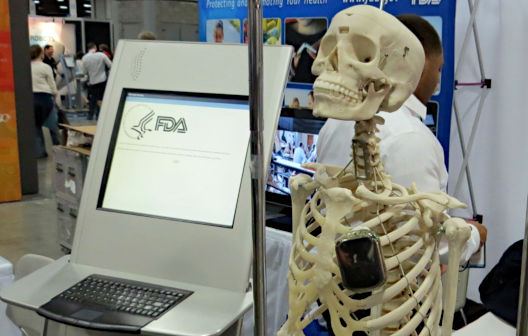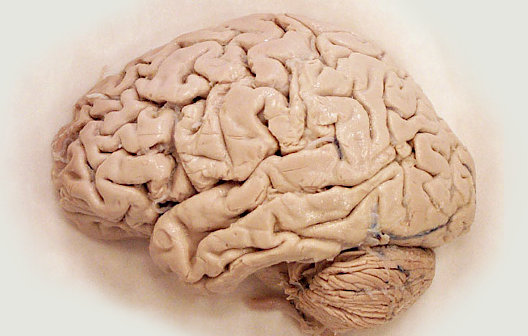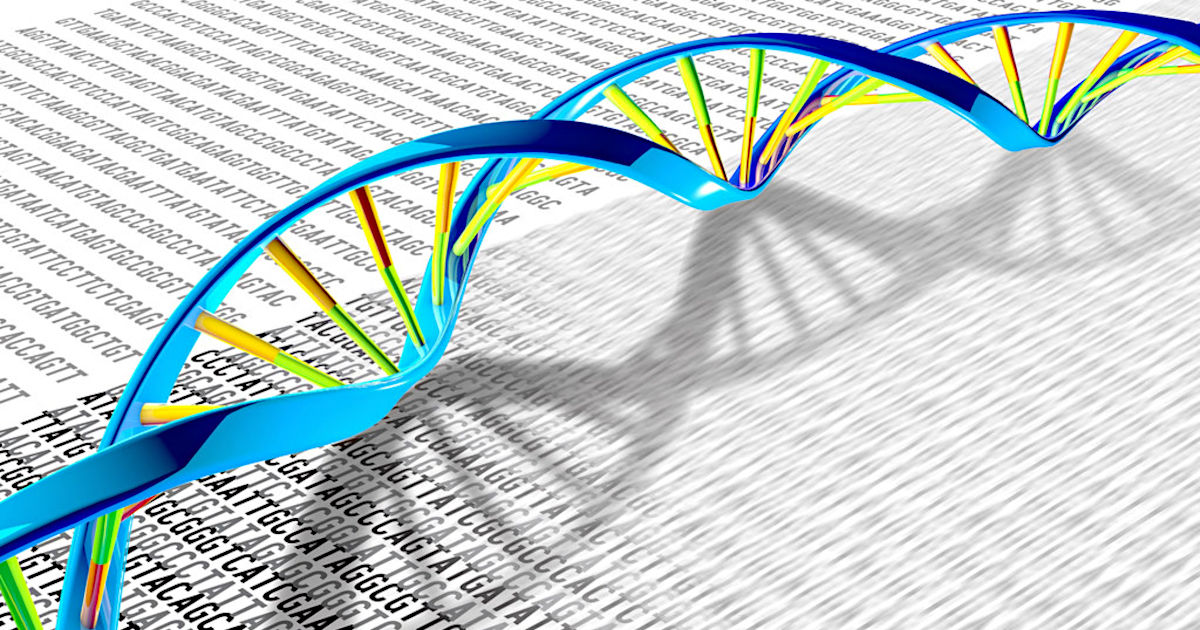Image Source: nih.gov
Human Genome Gaps in Understanding are Now Filled by Six New Reports
When it was announced in 2003 that the human genome had been mapped, the accomplishment was and continues to be life-changing for the species. But the mapping wasn’t fully complete. While it opened doors to understanding and continues to open doors to medical breakthroughs, it was only 92% complete. That is no longer the case. Yesterday (March 31), the official reports on the first end-to-end human genome map was published.
Now that scientists have a complete map with no significant gaps, the enhanced knowledge will no doubt lead to filling in evolutionary questions while providing insights into birth defects, auto-immune problems, cancer, and aging. The six separate papers just published include parts of the genome that were left uncharacterized because of available DNA sequencing technology two decades ago. After 20 years, these limits have been overcome. This is again momentous for the species as it will lead to discoveries and techniques that will only be realized over time.
While filling gaps in understanding and discovering 99 more new genes believed to code for proteins, the scientists also corrected thousands of errors in an earlier map of human DNA. This map from 2003 has been serving those in the field, including researchers, geneticists, and medical doctors. The original $3 billion Human Genome Project sought to unveil the purpose of every letter of a human’s DNA, but even with refinements made after the original conclusions, it is believed to have found only about 92% of them.
Exploiting the new map for medical care or evolution discovery provides another exciting start with new information to assess when figuring out diseases that are known to be inherited, but uncertainty exists as to where the faulty gene resides.
The new map cost a few million dollars to create, according to Adam Phillippy, a computational biologist at the National Human Genome Research Institute. This reflects how technology and understanding have brought down gene sequencing costs.
The twin strands of DNA in human cells contain about three billion letter pairs spread among 23 pairs of chromosomes. The genetic material helps determine eye and hair color, stature, and other physical characteristics, as well as risks for certain diseases. Scientists liken sequencing to solving a jigsaw puzzle, they look at a few segments and try to find what fits. Since there are two strands (one contributed by the mother, the other by the father) they used their computers to focus on only one puzzle, paternal DNA.
Managing Editor, Channelchek
Suggested Reading
 Ultra-Rapid DNA Sequencing Identifies Rare Diseases in Hours
|
 Pros and Cons of FDA Funded in Part by Companies
|
 Cells that Can be Produced from Stem Cells
|
 Stem-Cell Based Therapy for Alzheimer’s Disease
|
Sources
https://www.science.org/doi/10.1126/science.abj6987
https://www.genome.gov/about-genomics/telomere-to-telomere
https://theconversation.com/us/technology
Stay up to date. Follow us:

|

